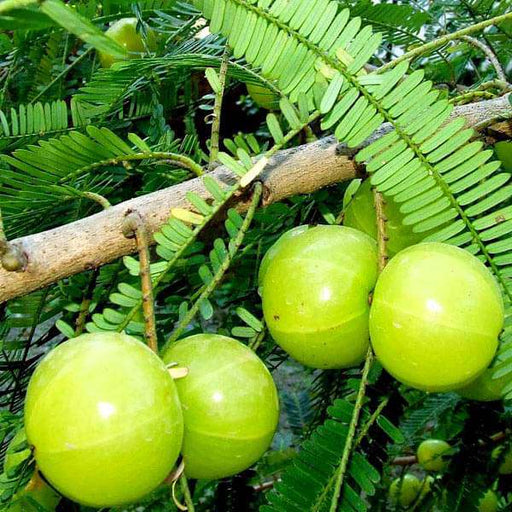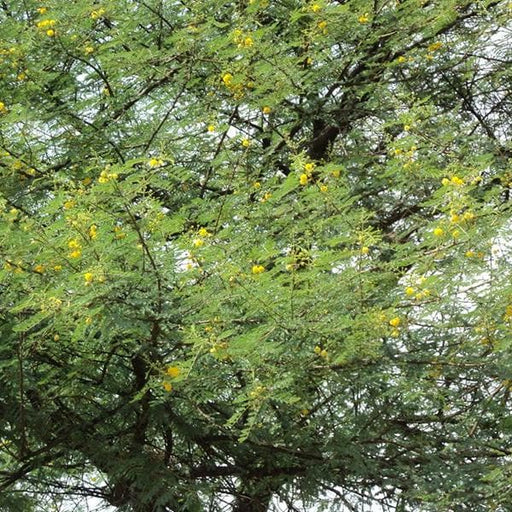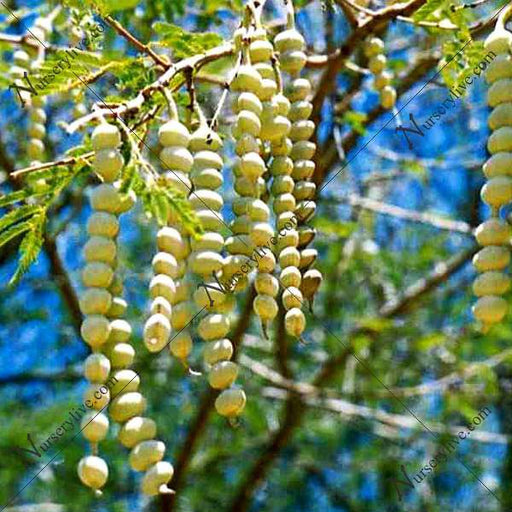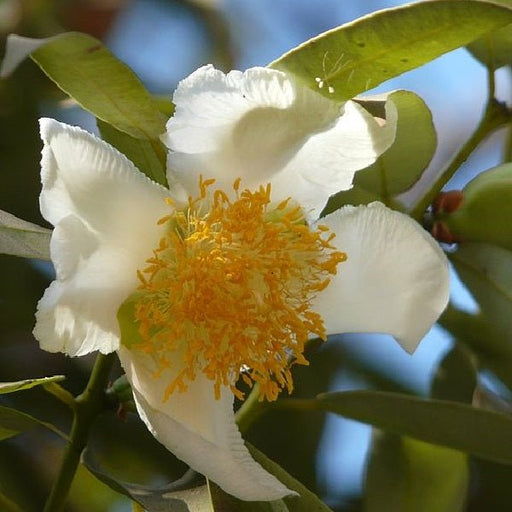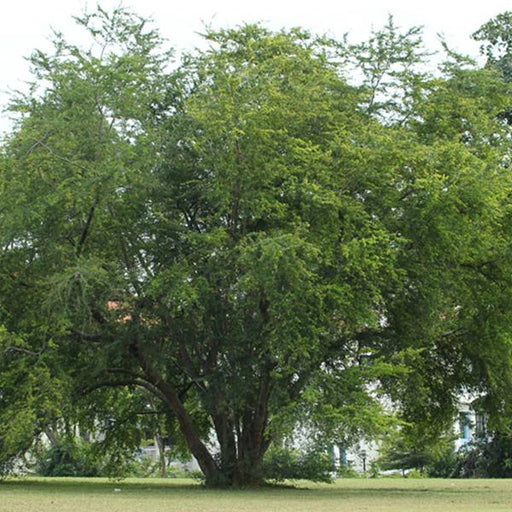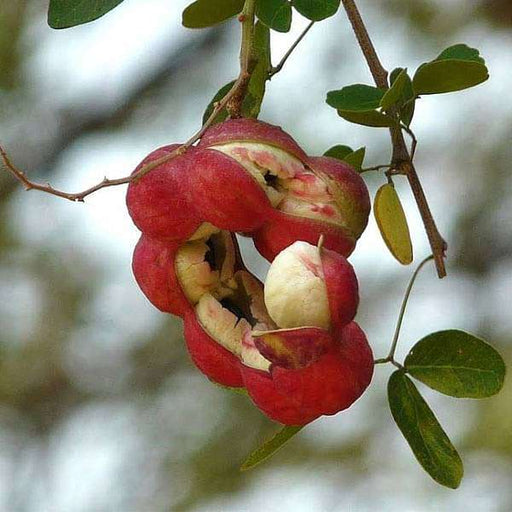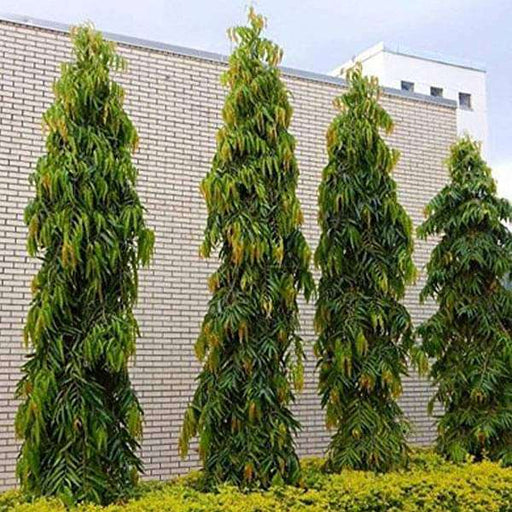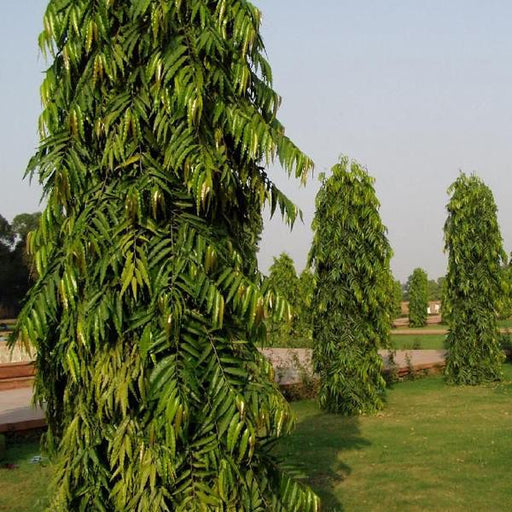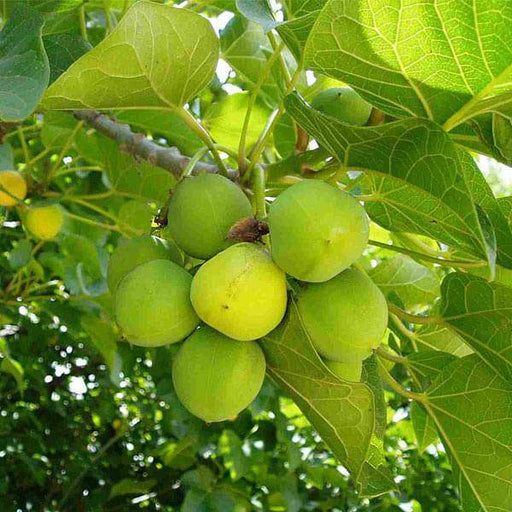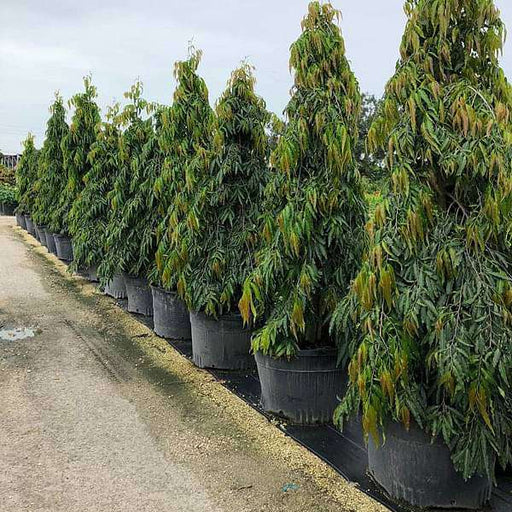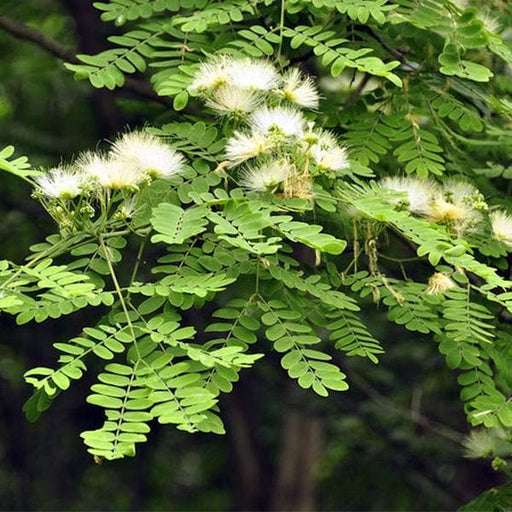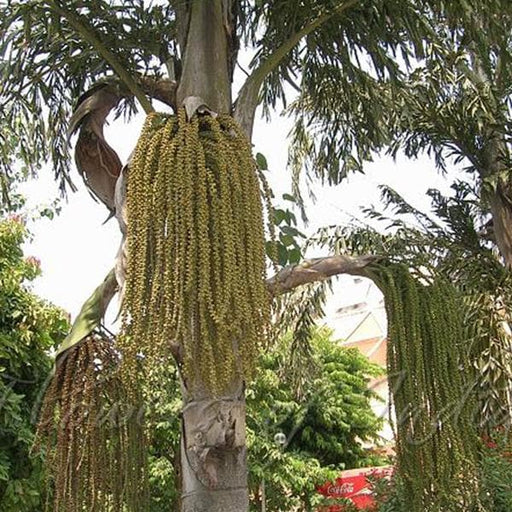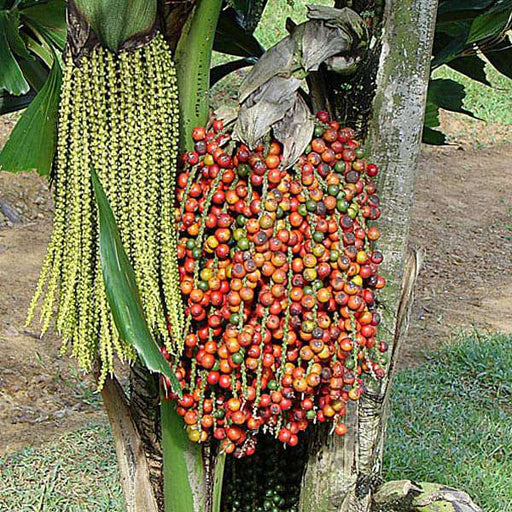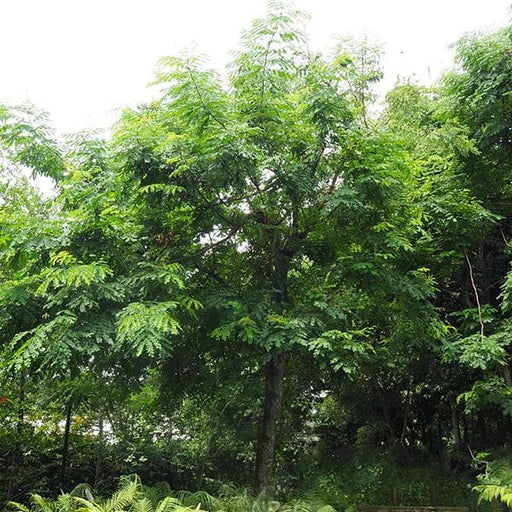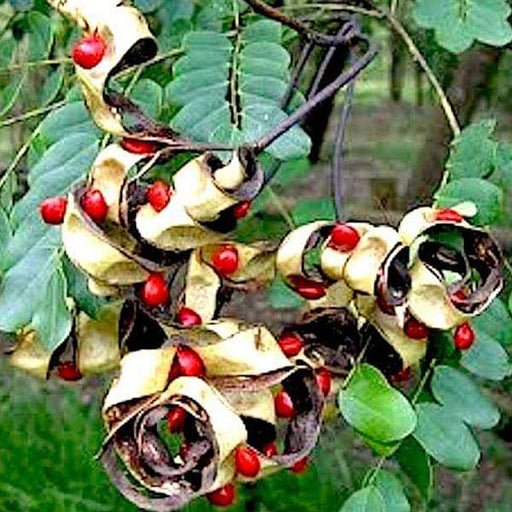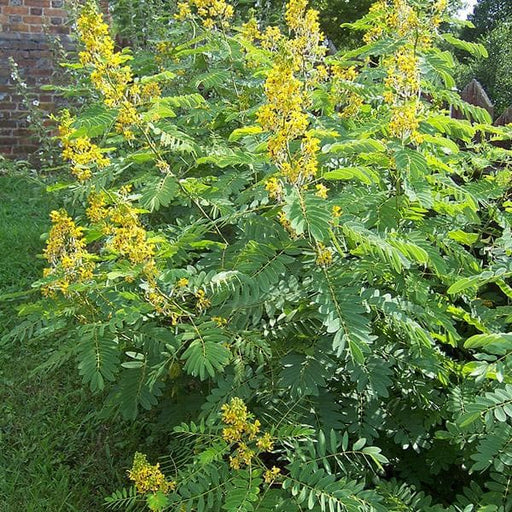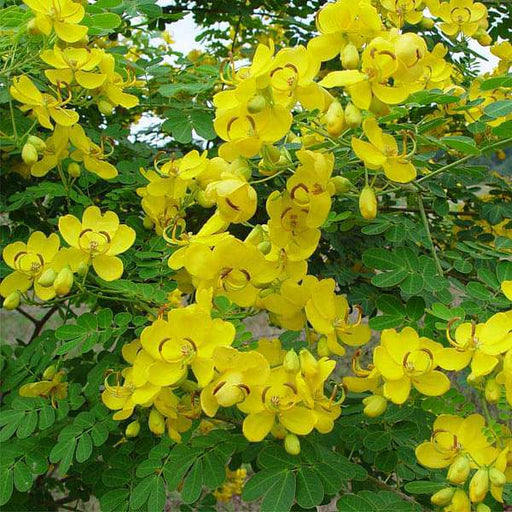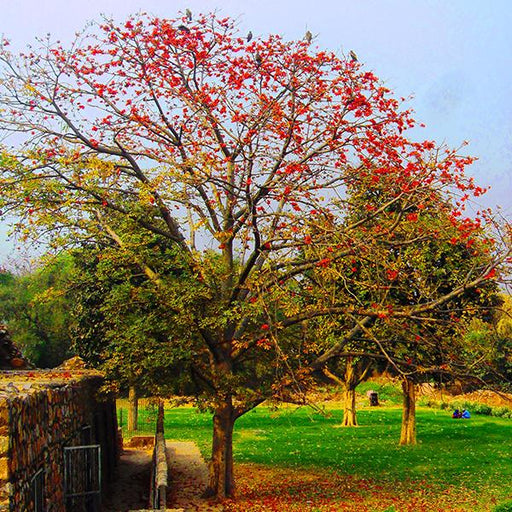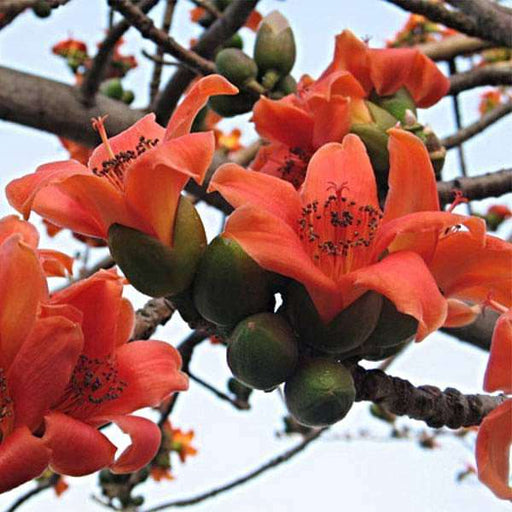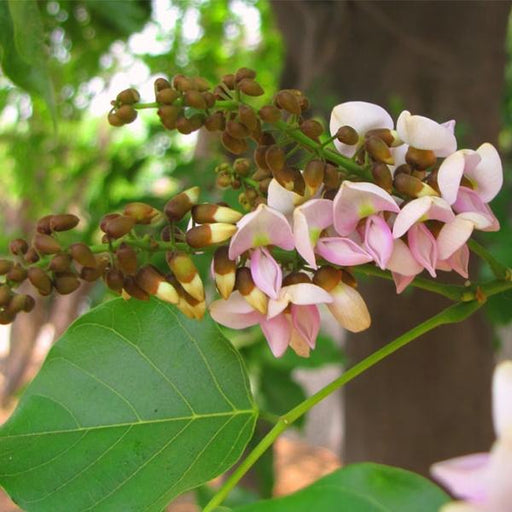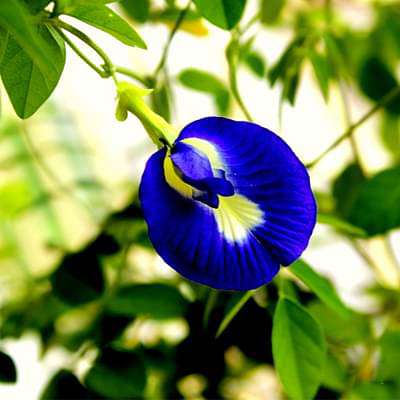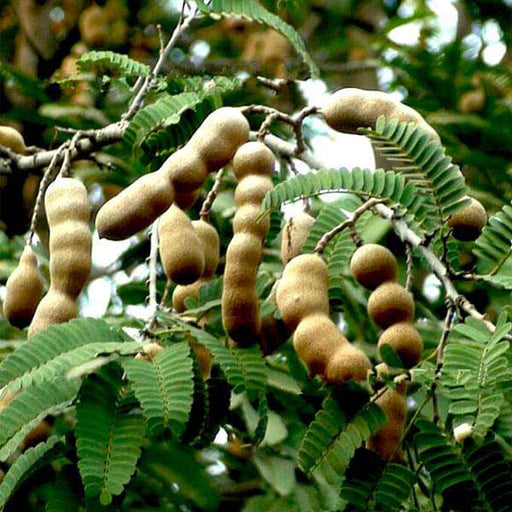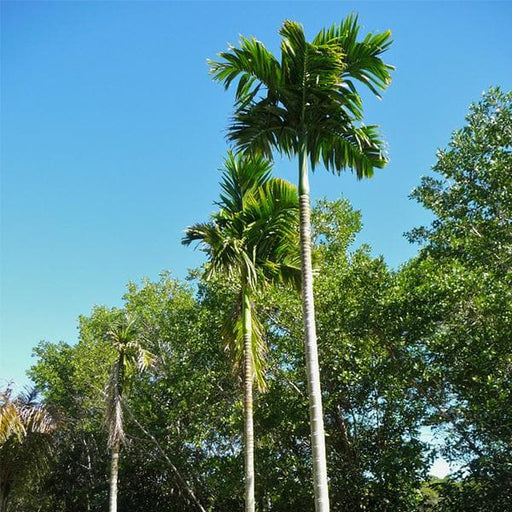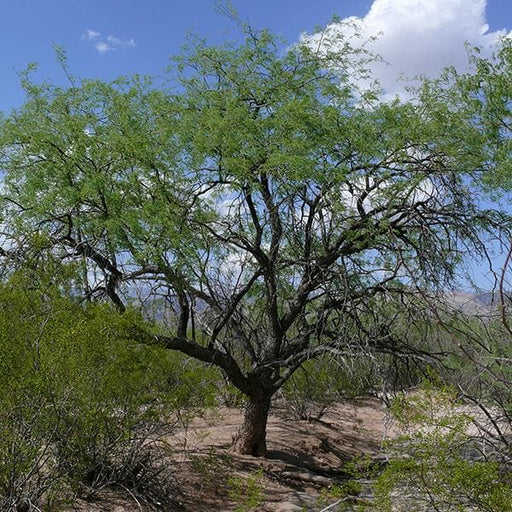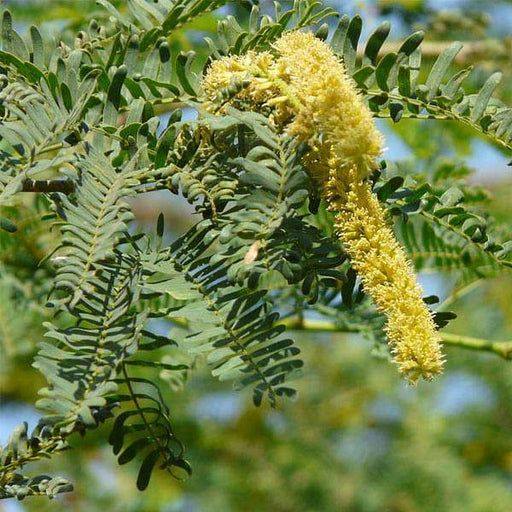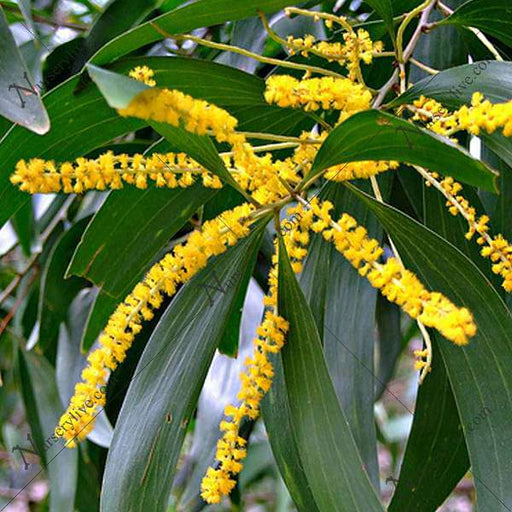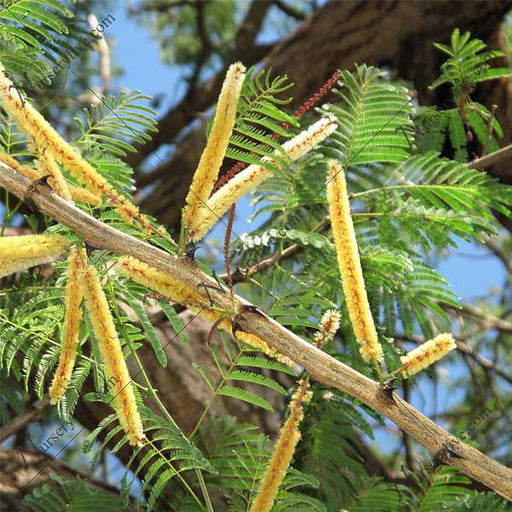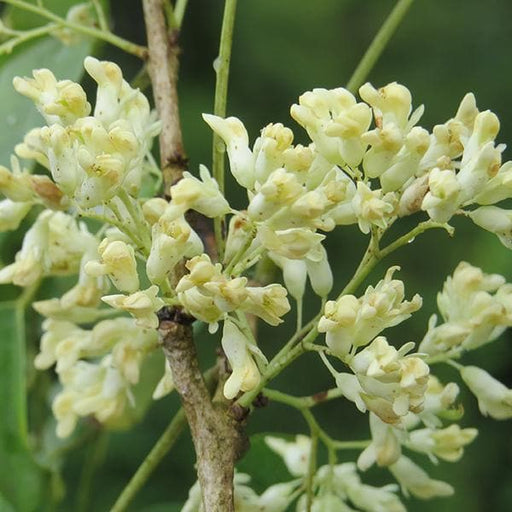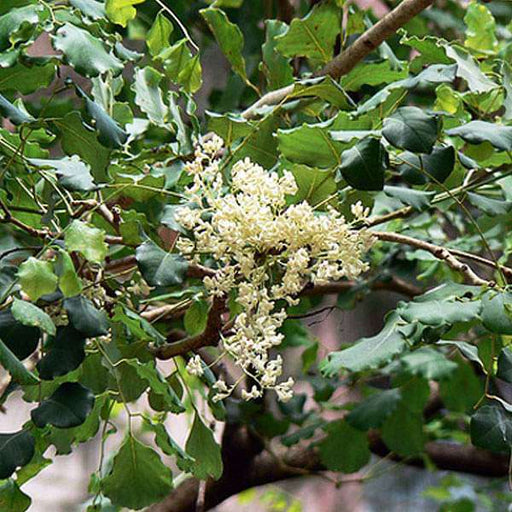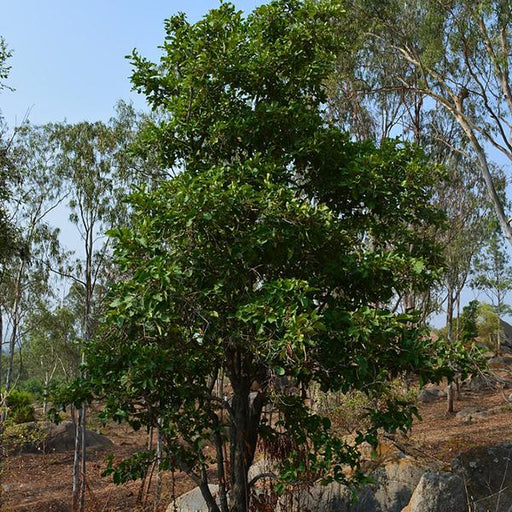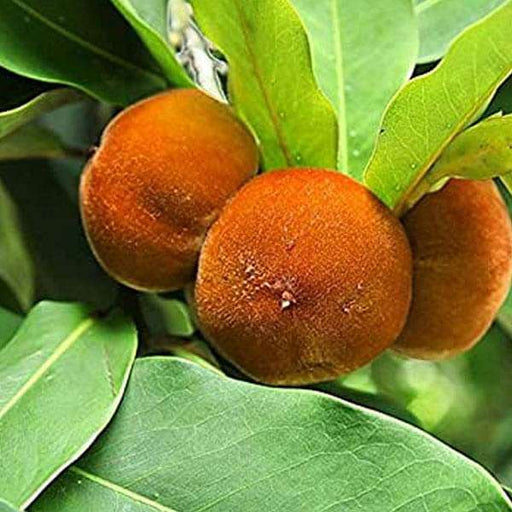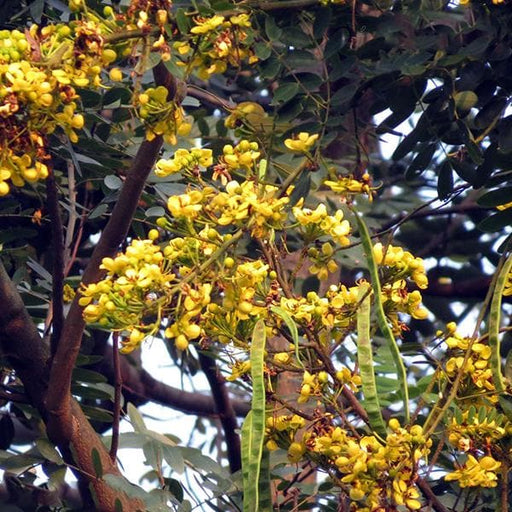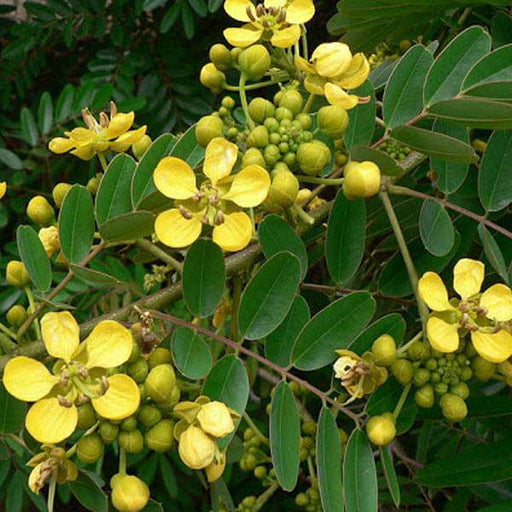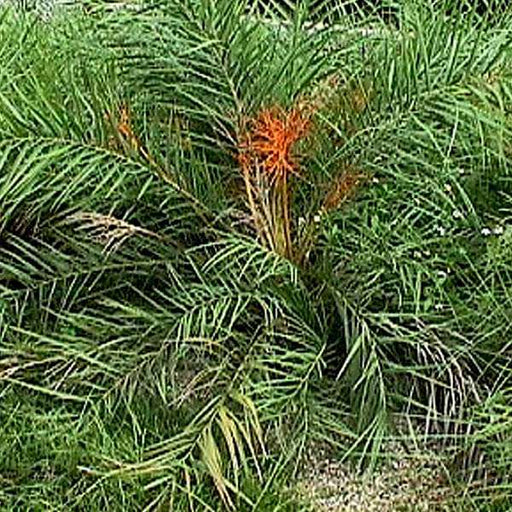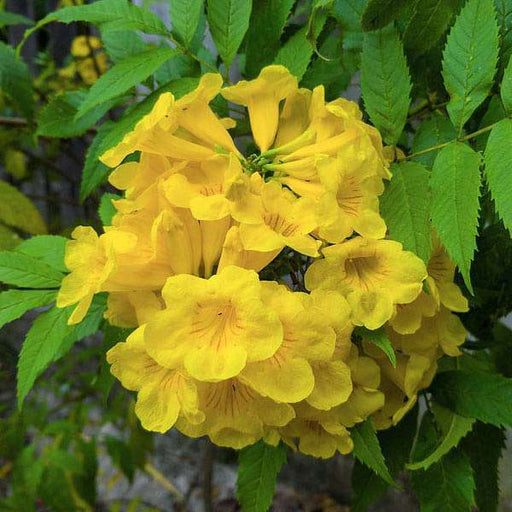Rainy Season Planting
Rainy season planting is an excellent way to grow trees and forestry plants. This method allows the plants to receive adequate water and nutrients, promoting healthy growth and development.
Seed Germination
Seed germination is the process of a seed sprouting into a plant. It is essential to provide the seeds with the proper conditions to germinate successfully, such as adequate moisture and warmth.
Seedling Care
Once the seeds have germinated and grown into seedlings, it's crucial to care for them properly. This includes ensuring they receive enough water, sunlight, and nutrients to thrive.
Forestry Seeds
Forestry seeds are specialized seeds designed for growing trees and other plants used in forestry. They are specifically selected to meet the needs of various ecosystems and are critical in reforestation efforts.
Seed Storage
Proper seed storage is essential to ensure the seeds remain viable and healthy. This includes storing them in a cool, dry place and protecting them from pests and moisture.
Soil Preparation
Proper soil preparation is critical for successful tree and forestry seed growth. This includes tilling the soil, adding nutrients, and ensuring proper drainage.
Tree Species
Different tree species have unique requirements for growth and survival. Understanding these requirements is essential to selecting the right tree species for a particular location and purpose.
Seed Viability
Seed viability refers to the ability of a seed to germinate and grow into a healthy plant. It is essential to use viable seeds to ensure successful growth.
Seedling Transplantation
Seedling transplantation is the process of moving seedlings from their initial location to a new location for further growth. Proper care must be taken during transplantation to ensure the seedlings survive and continue to grow.
Tree Nursery
Tree nurseries are specialized facilities designed to grow and care for tree and forestry seedlings. They provide ideal growing conditions, including proper lighting, temperature, and moisture levels.
Afforestation
Afforestation is the process of planting trees in an area where there was previously no forest. It is a critical tool in combatting deforestation and mitigating the effects of climate change.
Reforestation
Reforestation is the process of replanting trees in an area where a forest has been lost. It is essential to restoring ecological balance and mitigating the effects of deforestation.
Tree Planting Techniques
Different tree planting techniques exist for different types of terrain and soil types. Understanding these techniques is essential to ensure successful tree growth.
Sustainable Forestry
Sustainable forestry is the practice of managing forests in a way that preserves their ecological integrity and promotes long-term economic sustainability.
Carbon Sequestration
Trees and forests play a vital role in carbon sequestration, removing carbon dioxide from the atmosphere and storing it in the plant material and soil.
Forest Ecosystems
Forest ecosystems are complex, interconnected systems that include various plant and animal species. Understanding these ecosystems is essential to maintaining healthy forests.
Forest Management
Forest management involves the responsible stewardship of forested land, including maintaining ecological health, protecting biodiversity, and promoting economic sustainability.
Forest Restoration
Forest restoration involves the process of restoring degraded or damaged forests to a healthy and thriving state.
Silviculture
Silviculture is the practice of cultivating and managing forests for timber production or other uses. It involves various techniques, including planting, pruning, and harvesting.
Agroforestry
Agroforestry is the practice of integrating trees into agricultural landscapes, providing various ecological and economic benefits.


